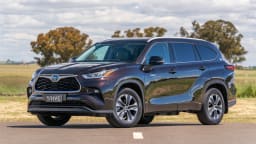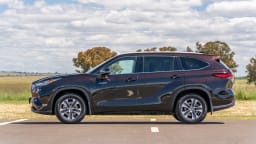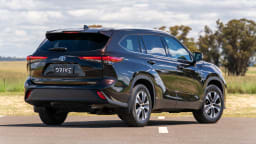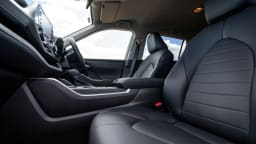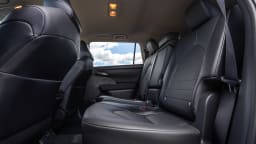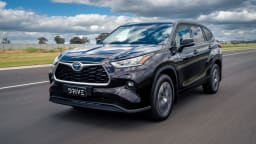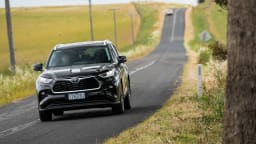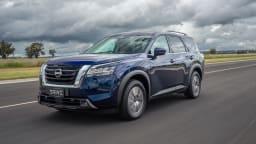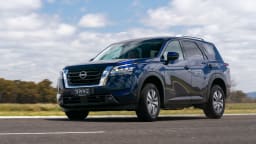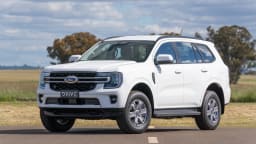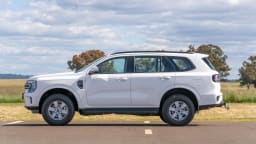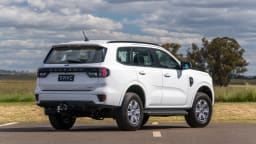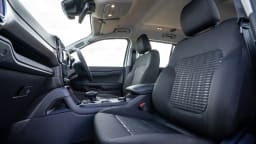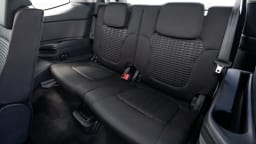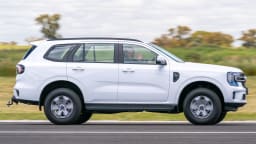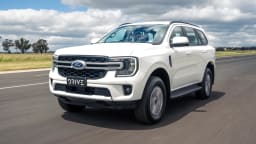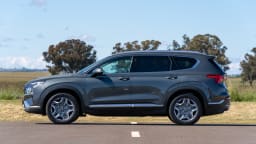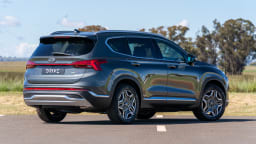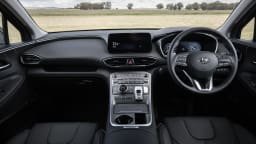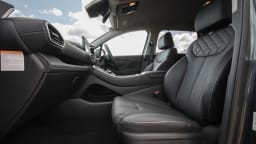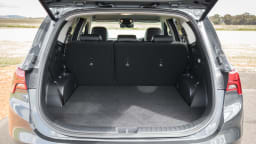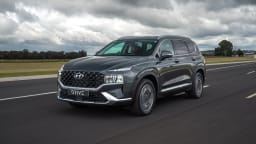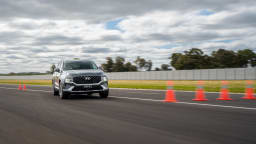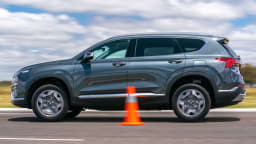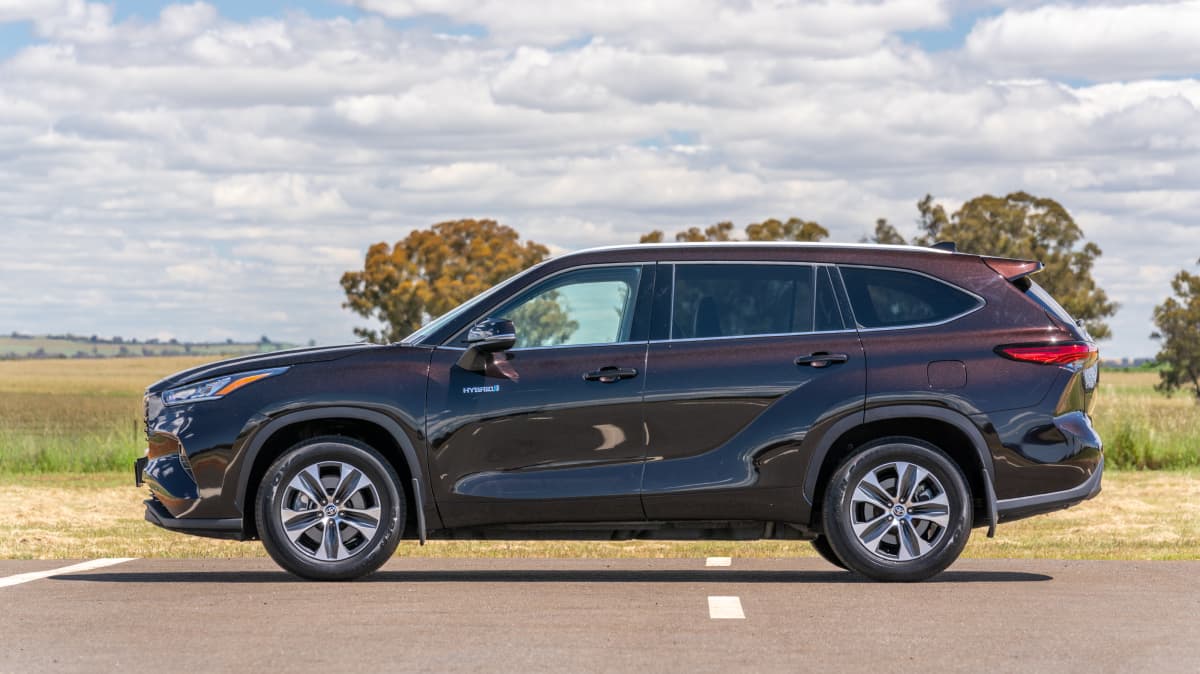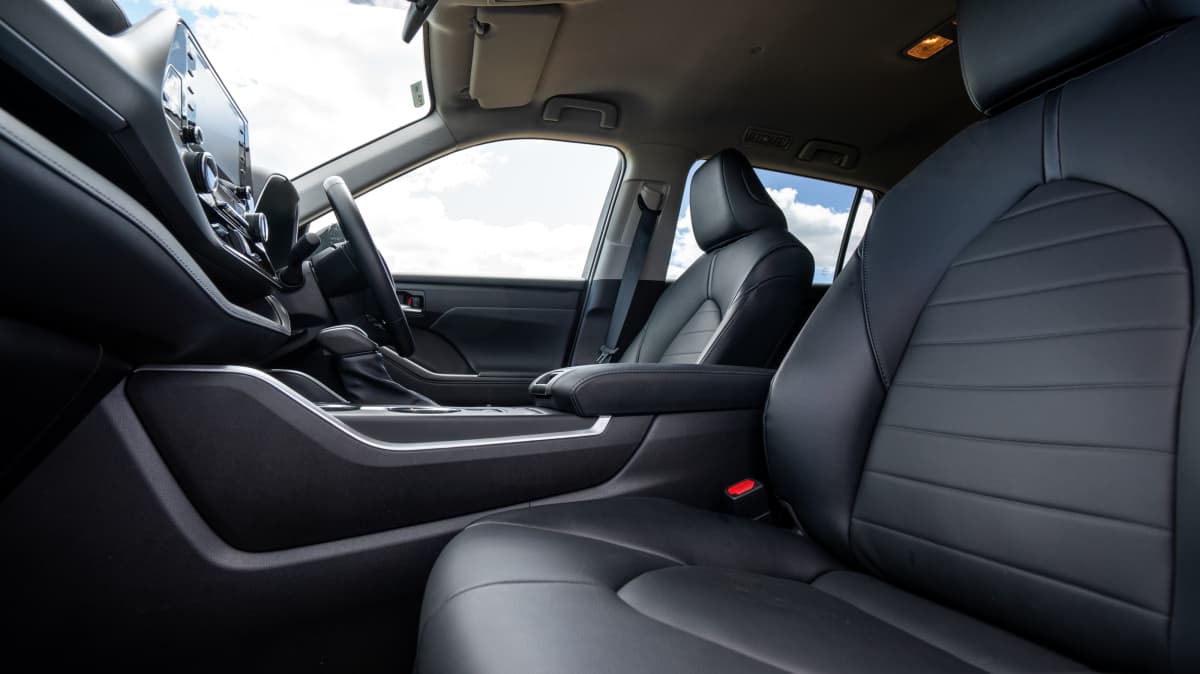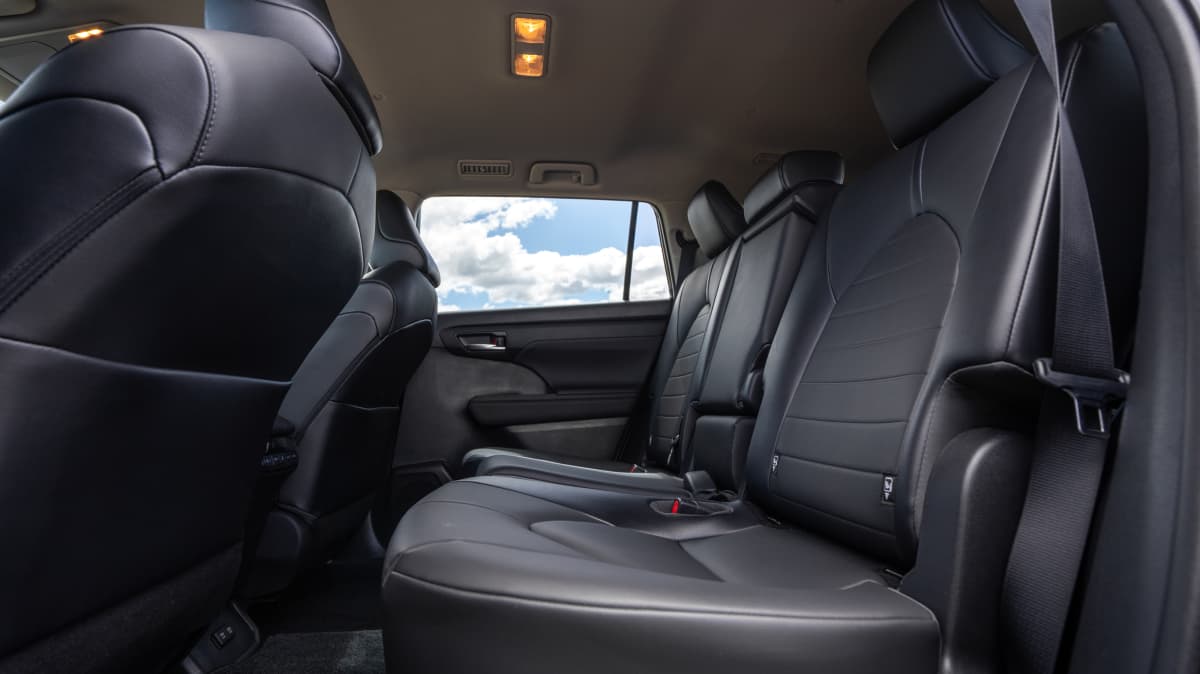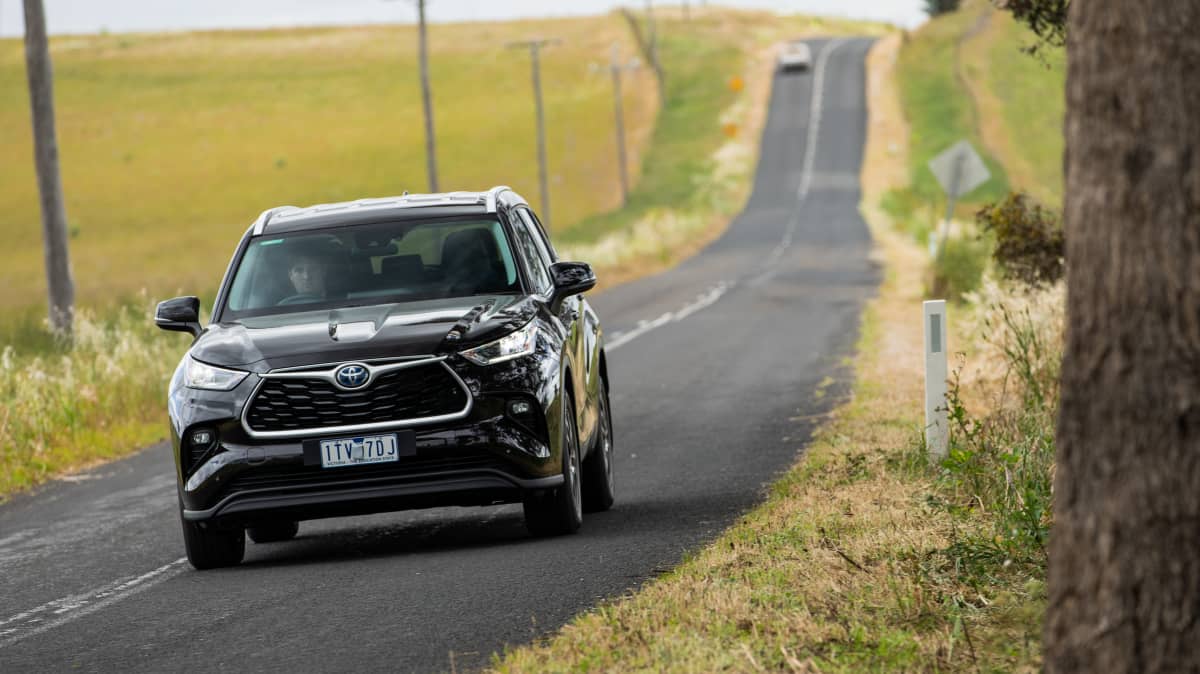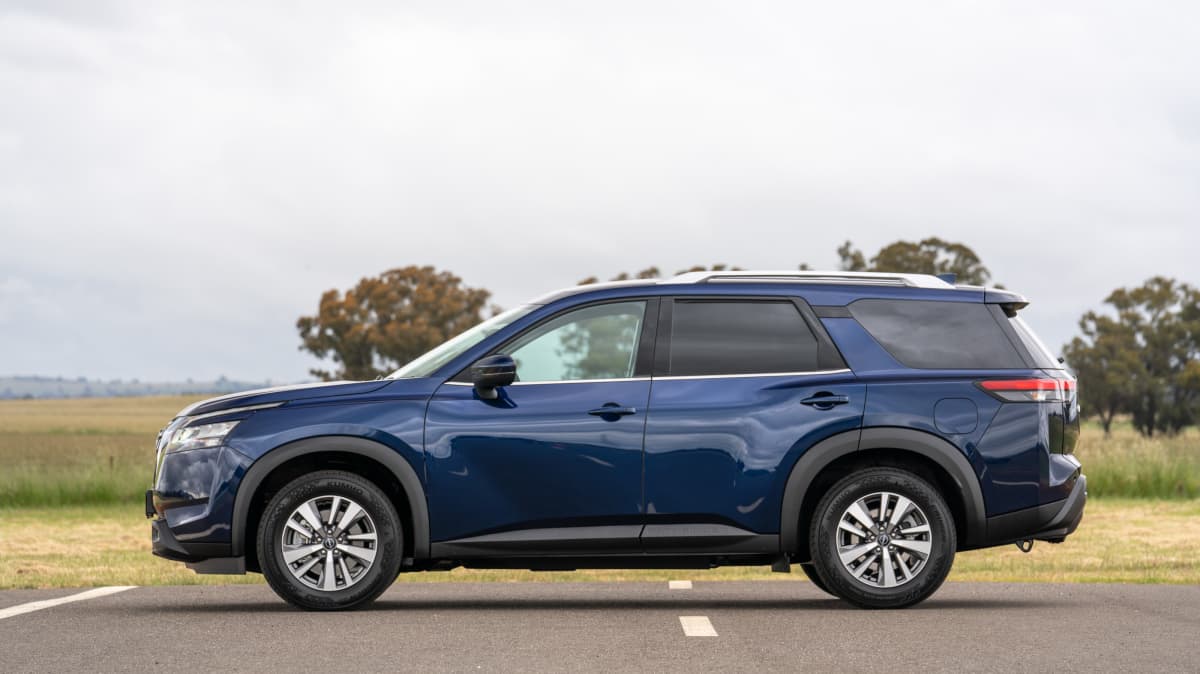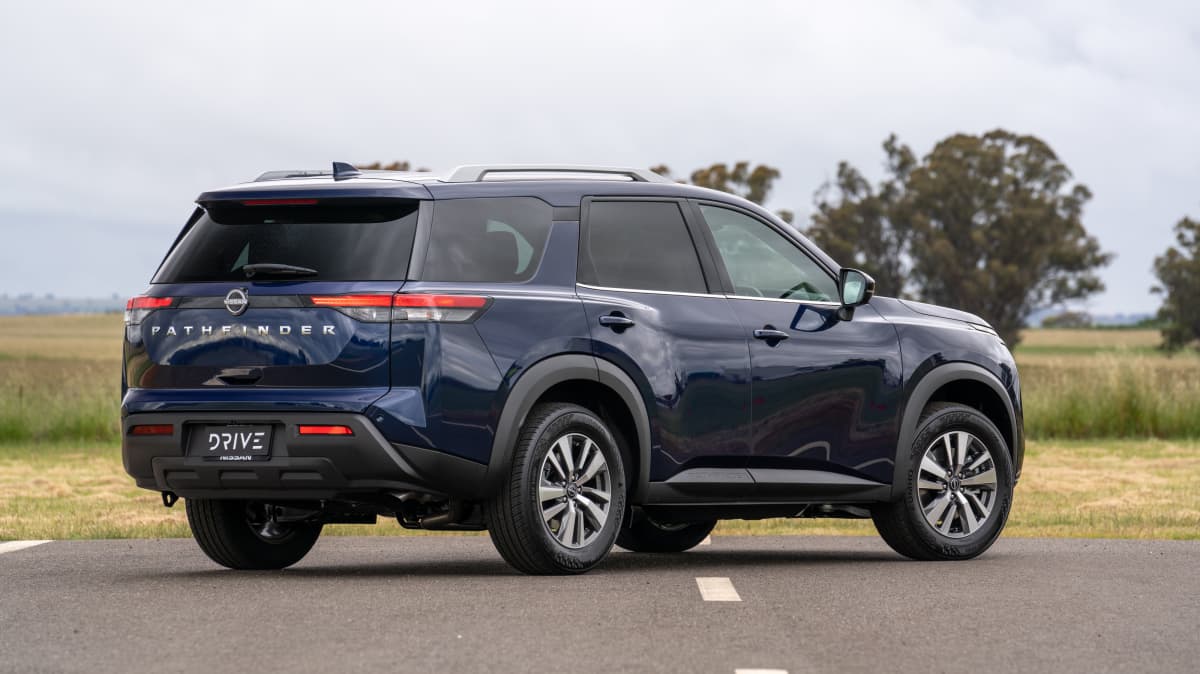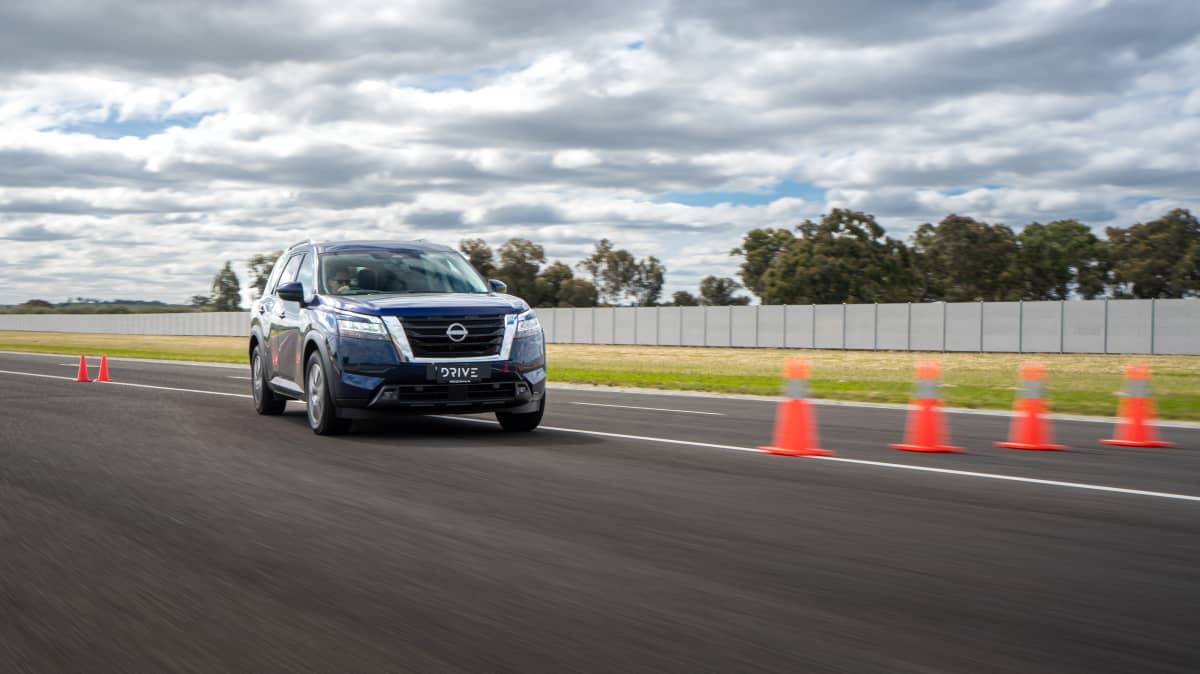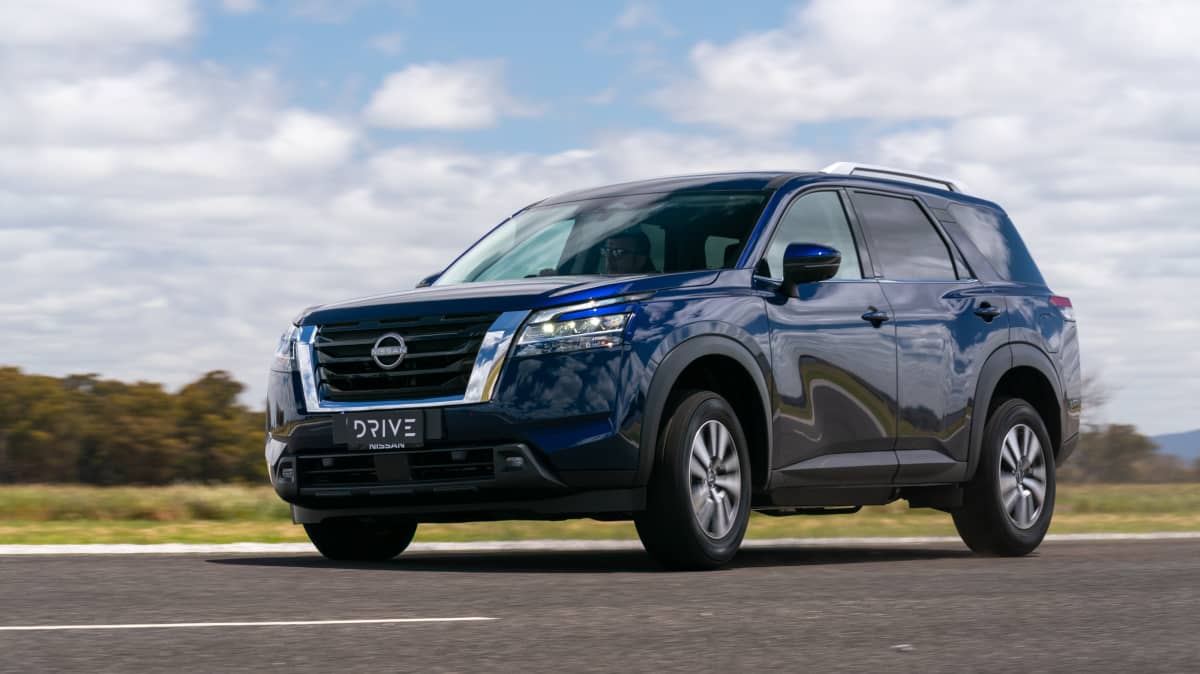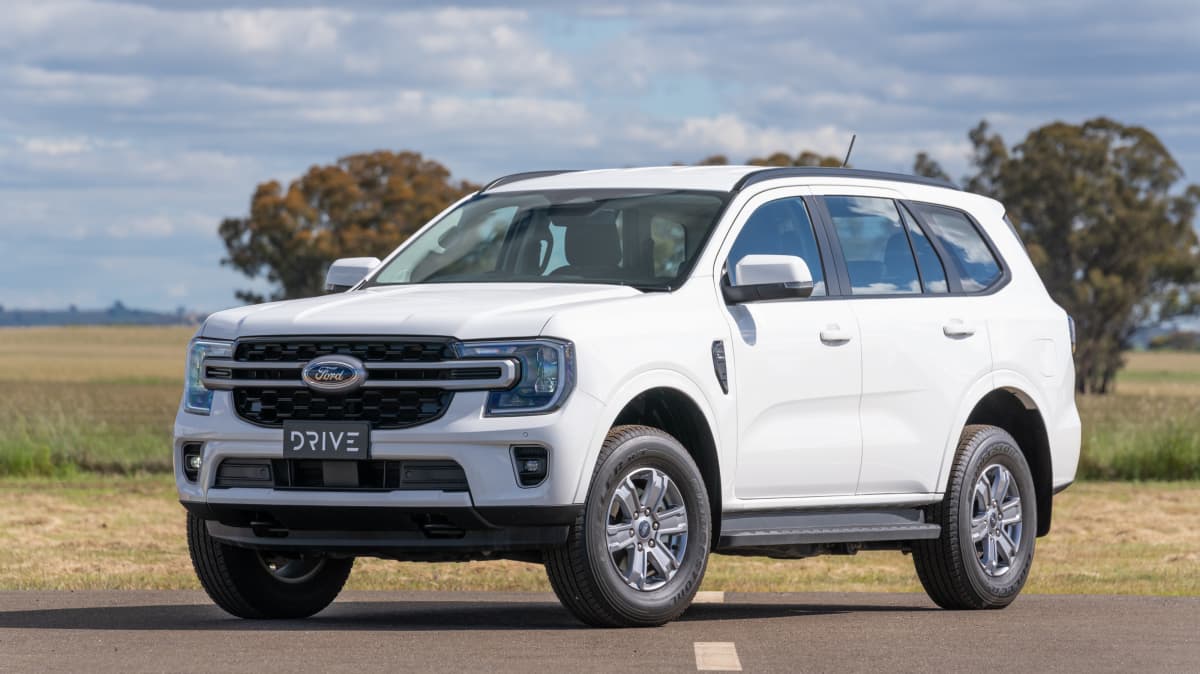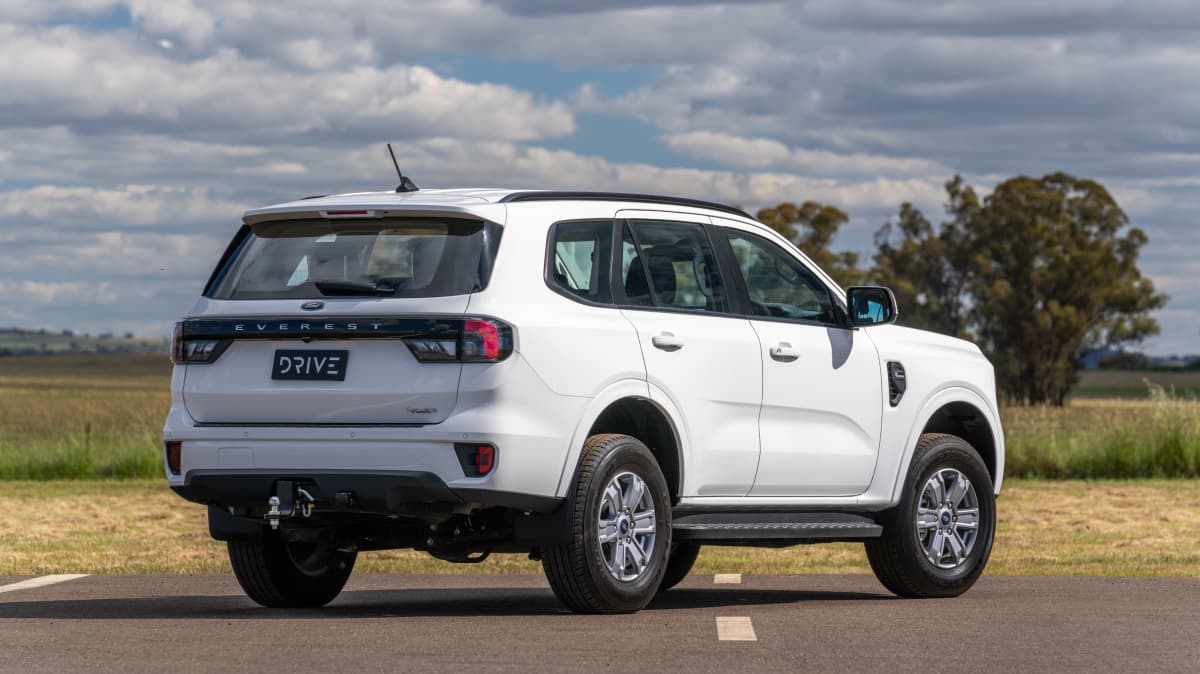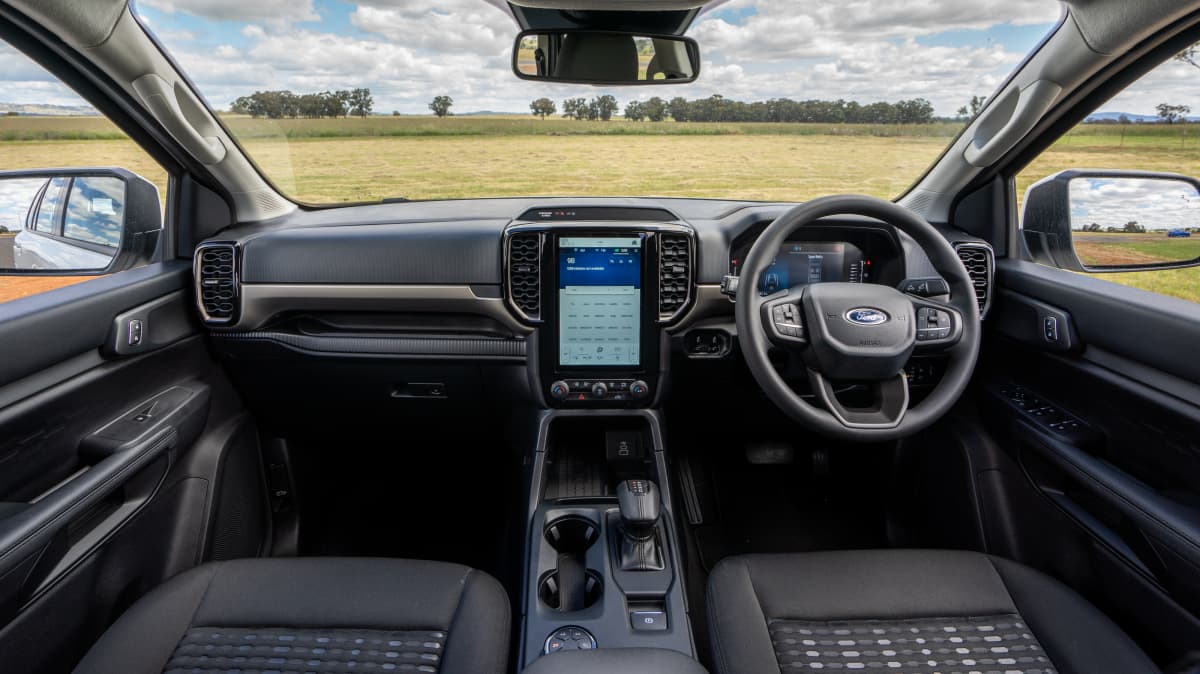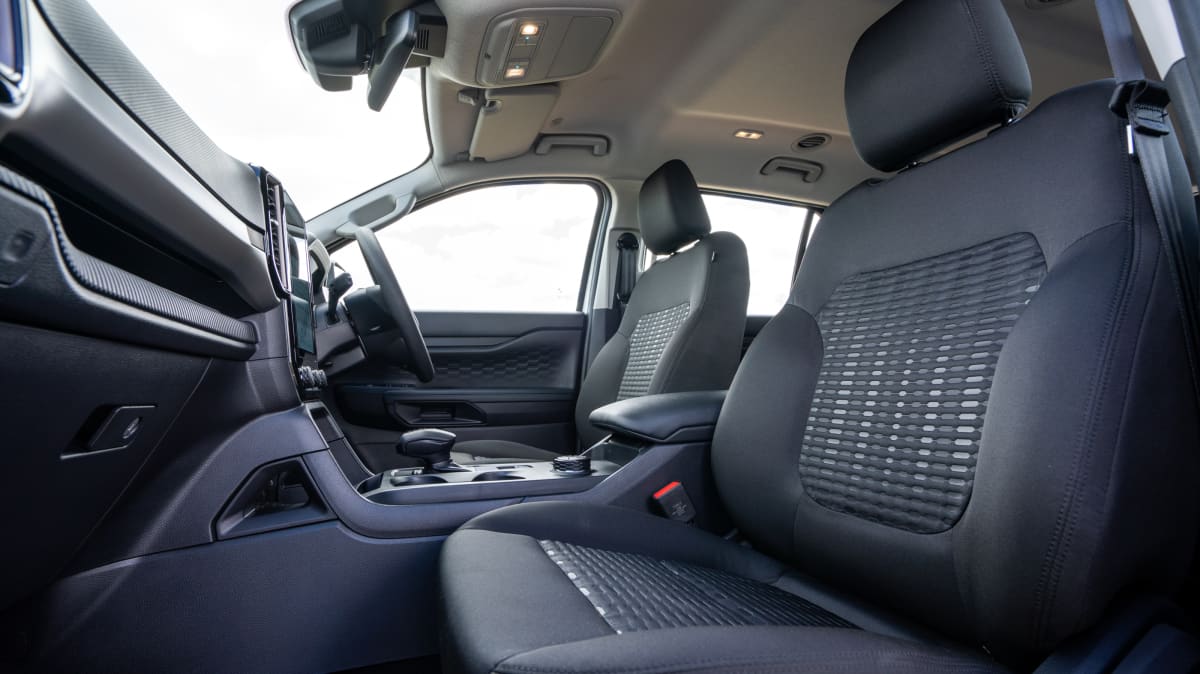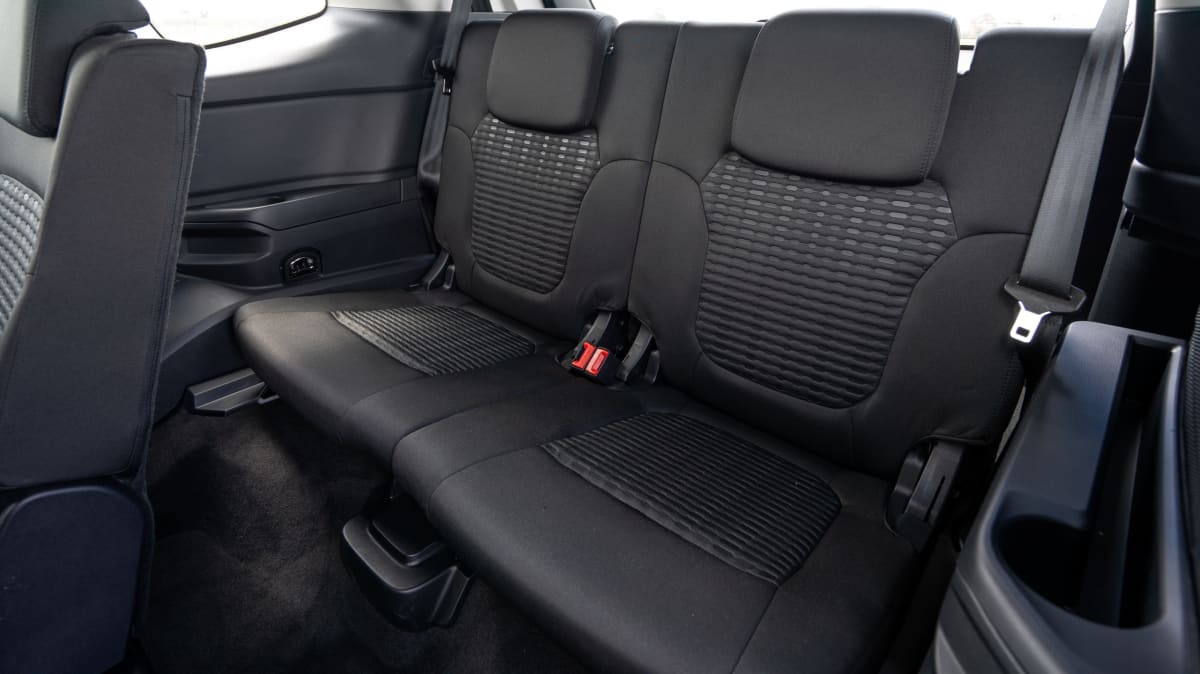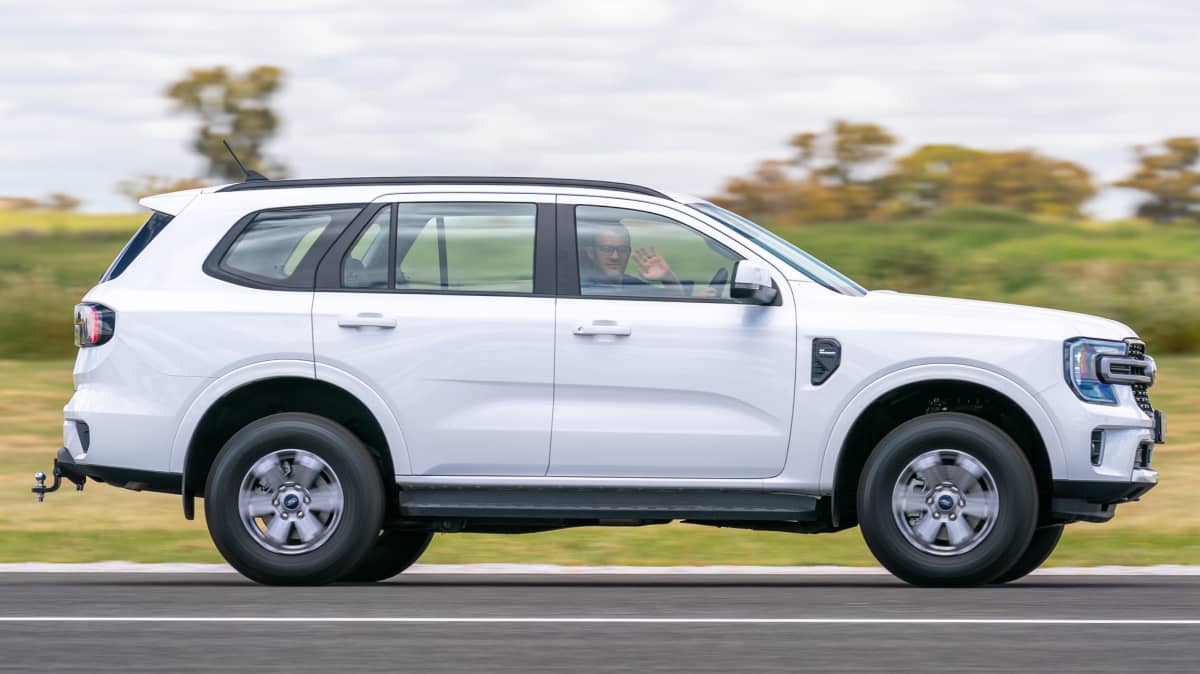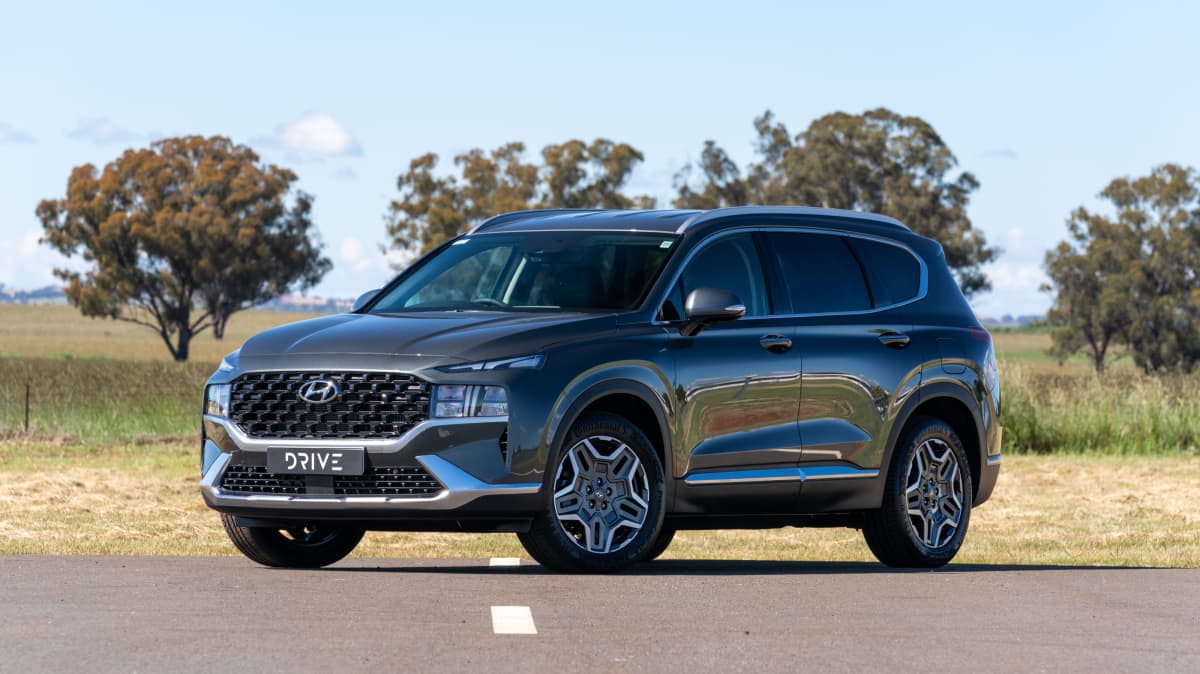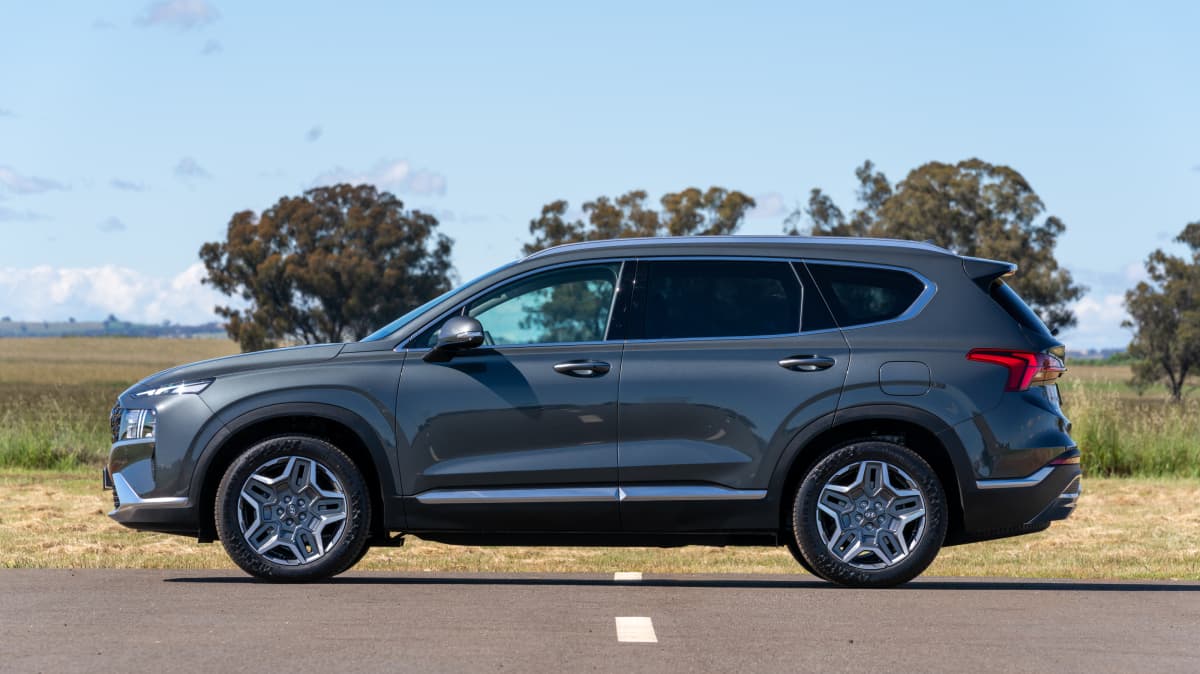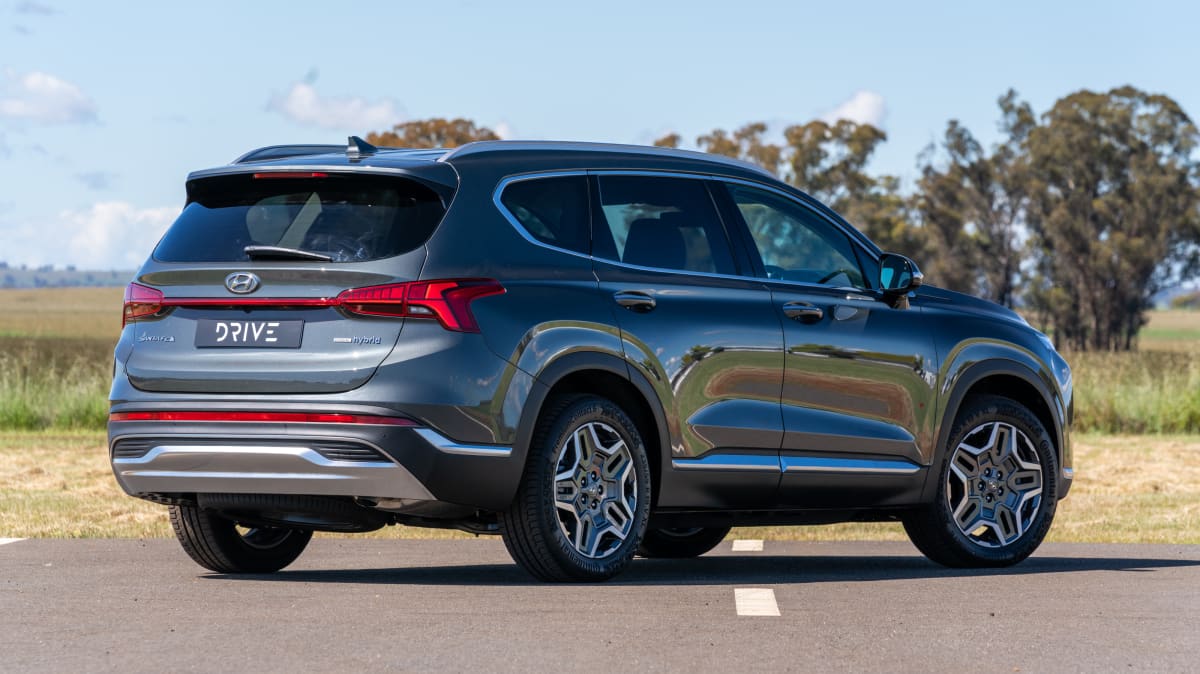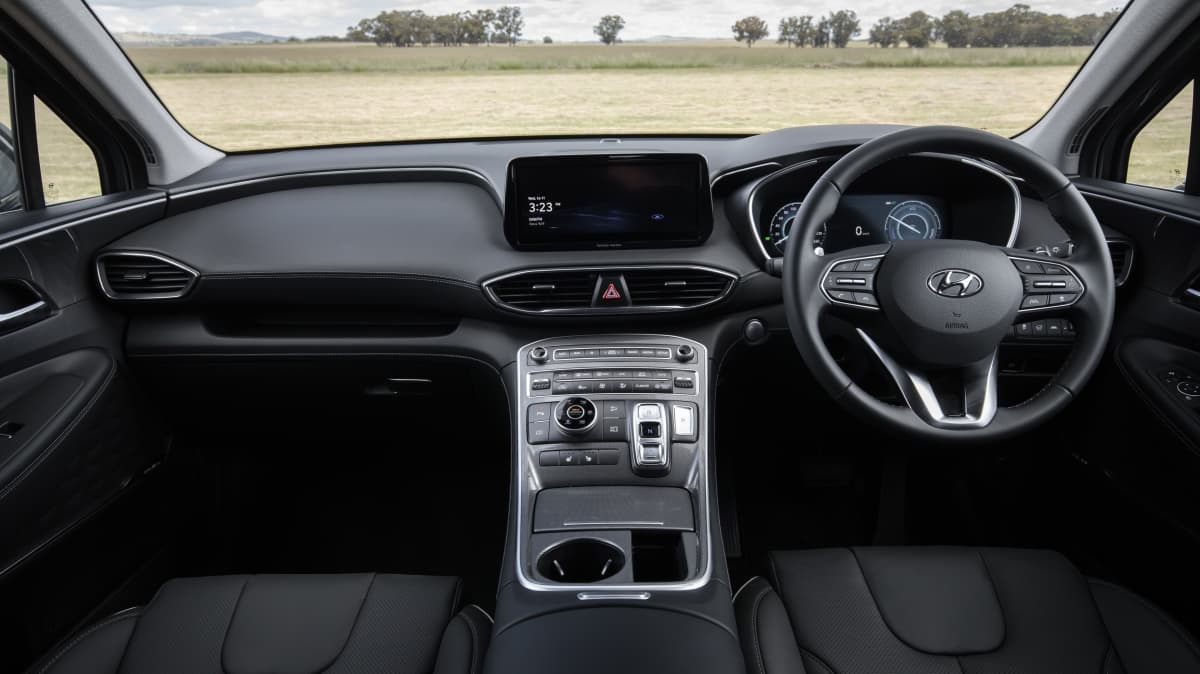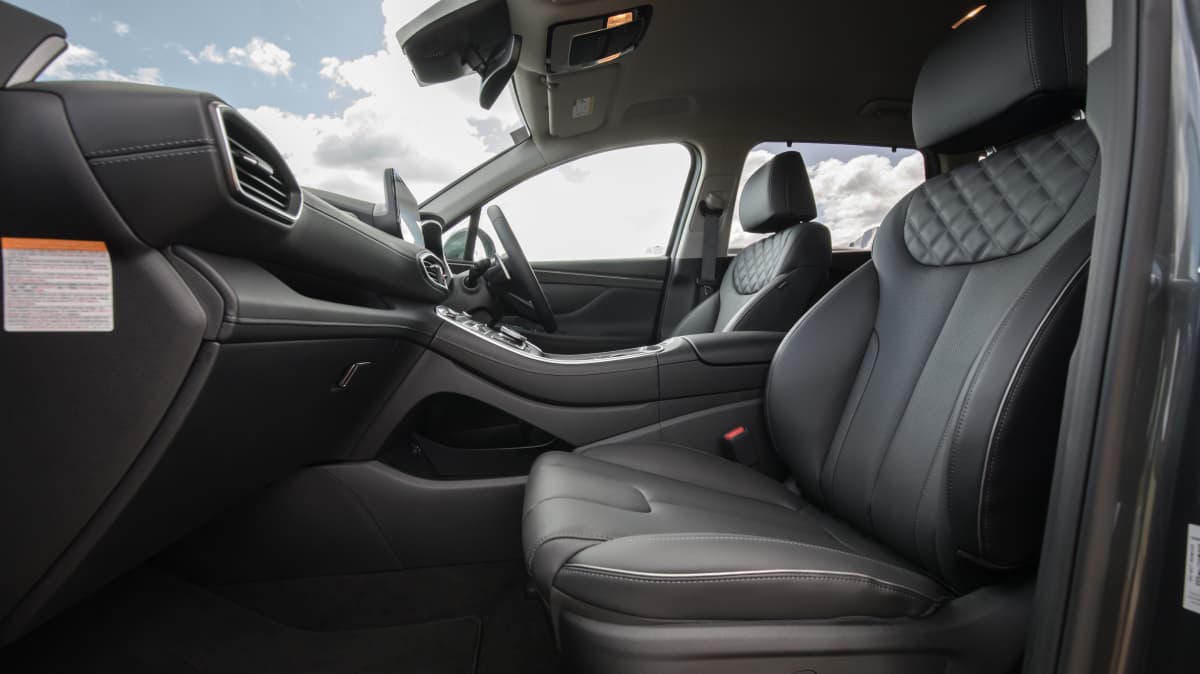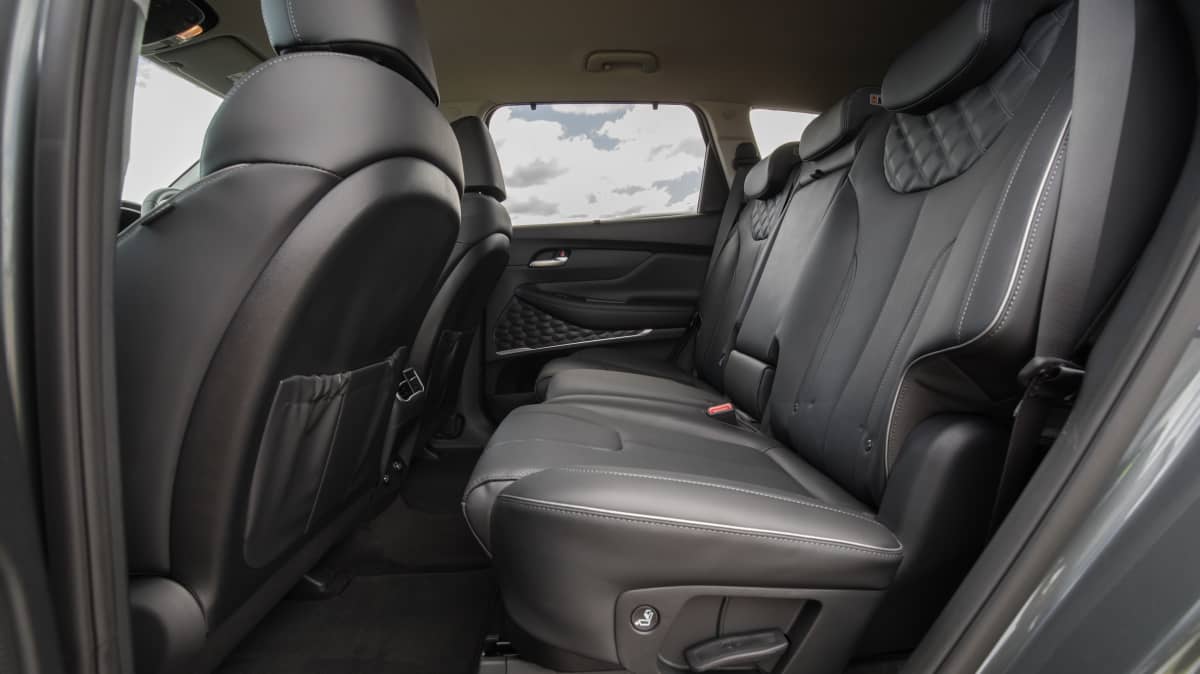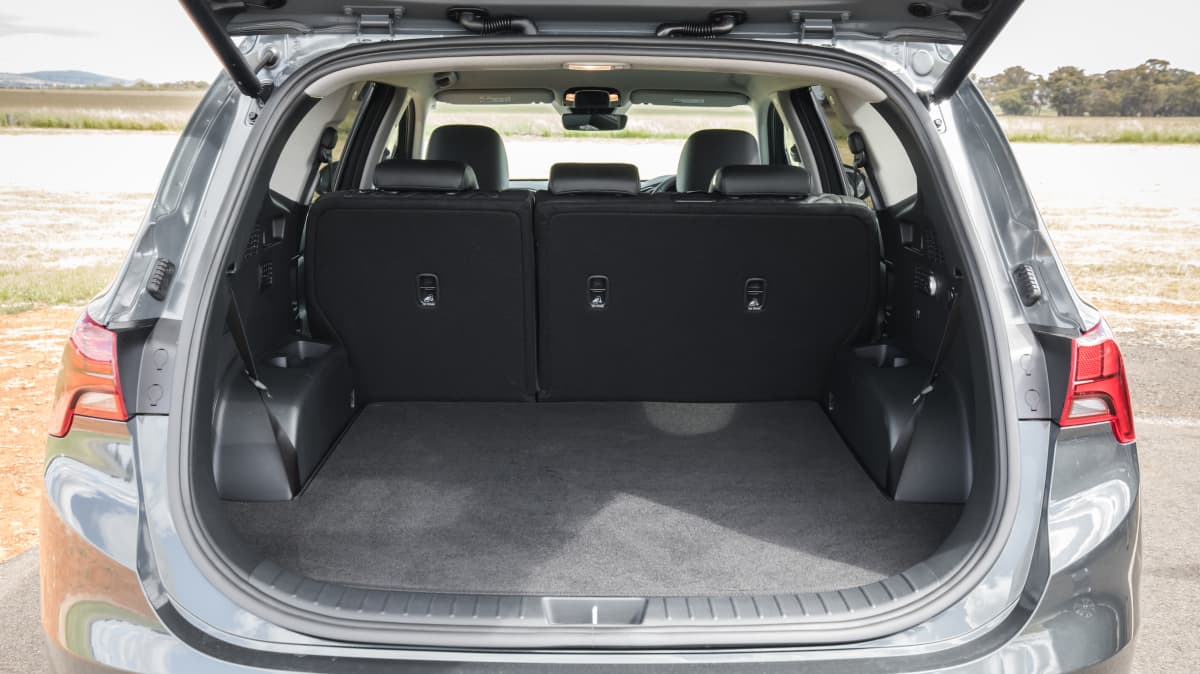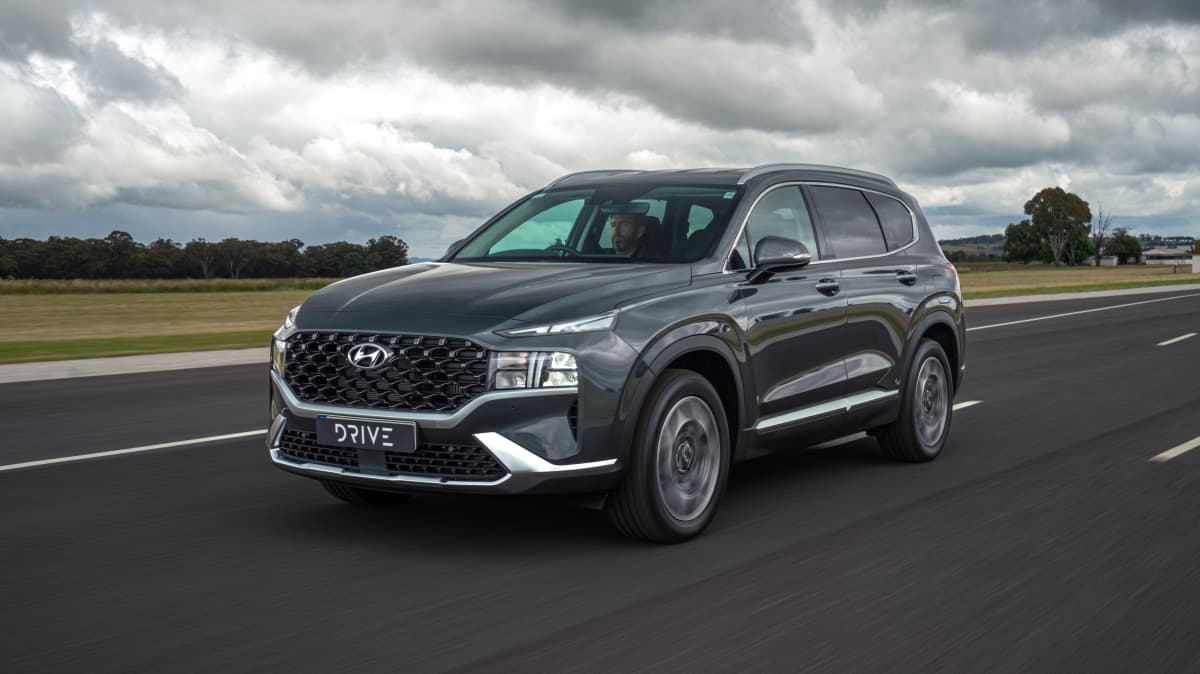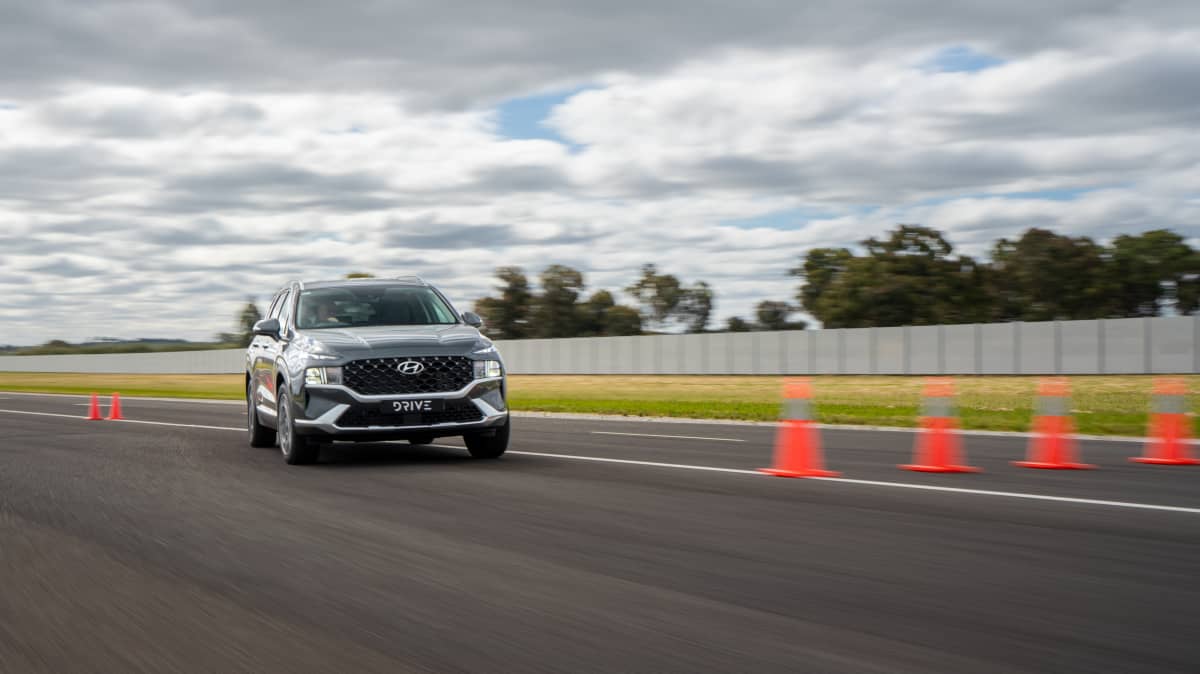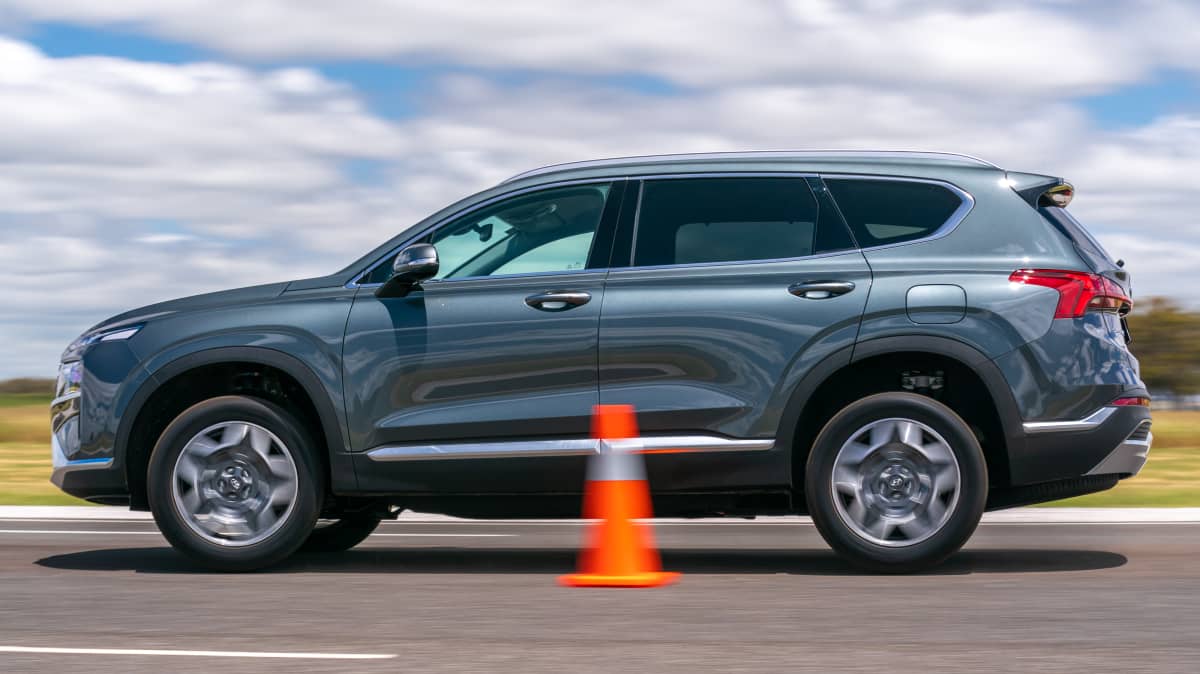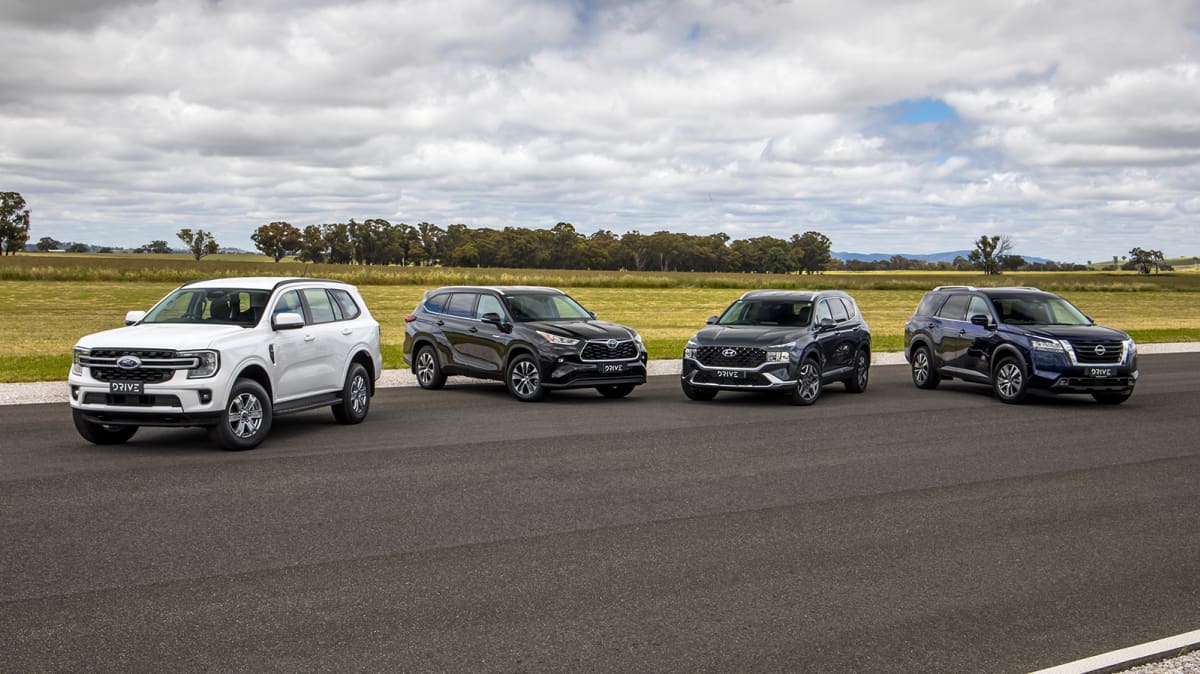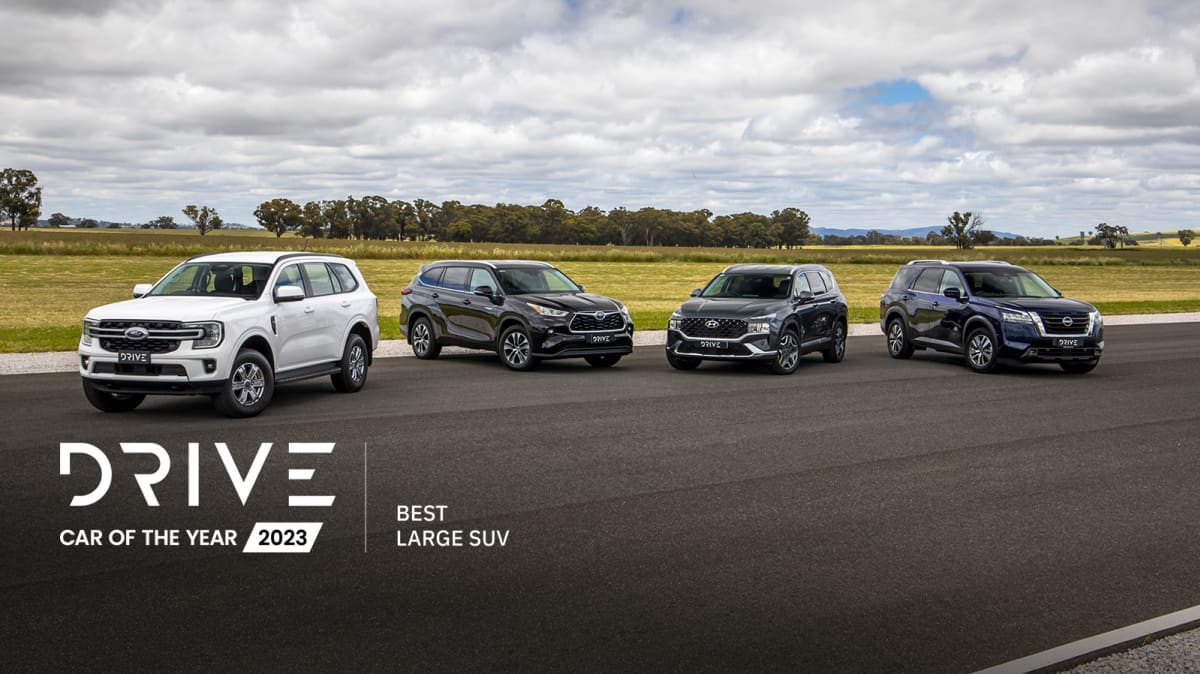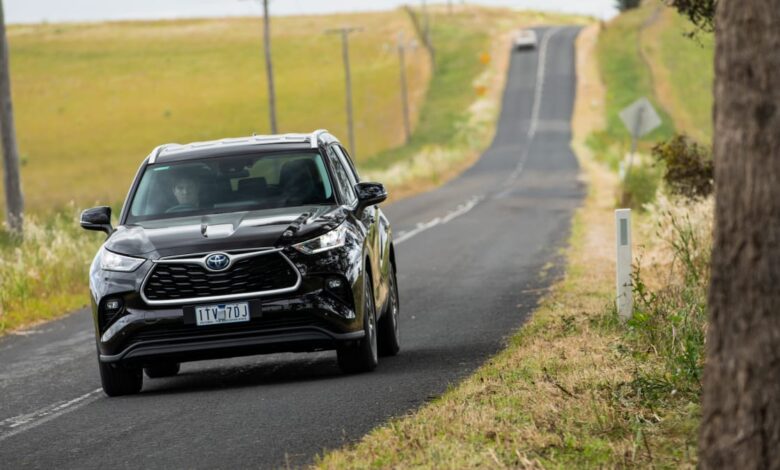
When the family is growing and you need more space, a large SUV is often seen as the right antidote. But which one is the right choice for Australian families?
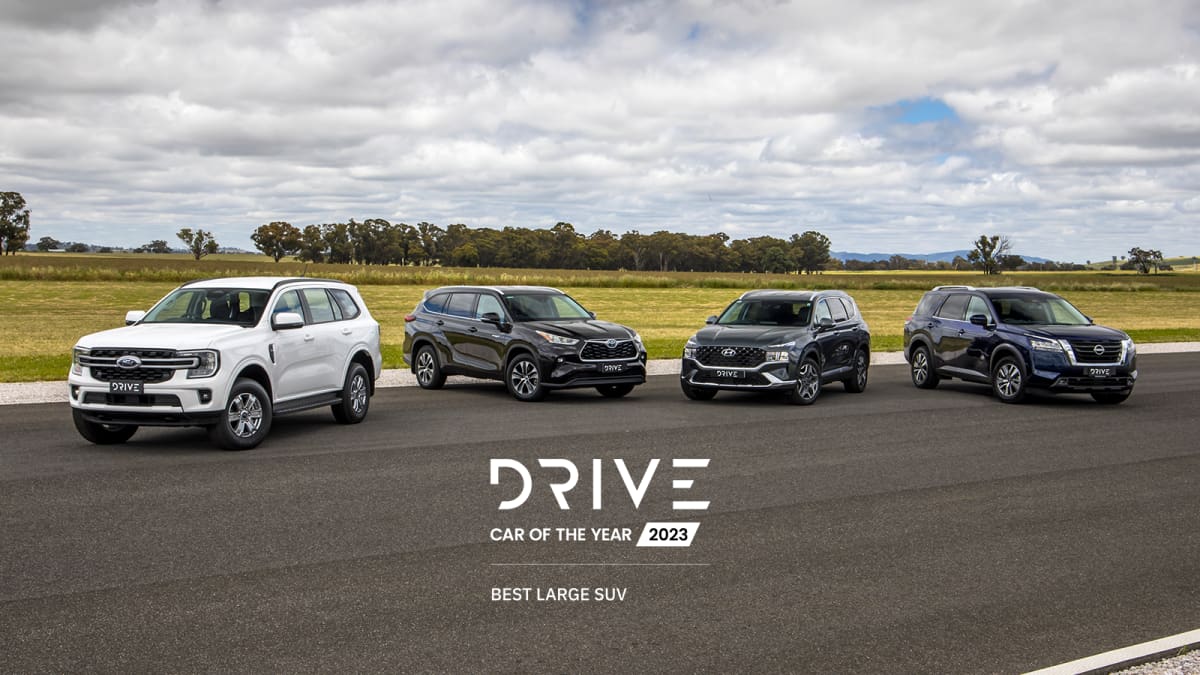
When the ever-popular medium-sized SUV just doesn’t cut it any more, it’s time to supersize your family chariot. Maybe there’s another kid on the way, or you’re the type to simply not do things by halves the first time around.
This is a segment where space, comfort and practicality reign supreme: there needs to be three rows of seating inside along with a sprinkling of storage slots, cupholders and power outlets.
Running costs are important for a family car like this, as well as overall value for money, because family budgets are always stretched.
Large SUVs are a popular vehicle type for Australian buyers. Current sales are dominated by Toyota’s old yet popular LandCruiser Prado, which wasn’t able to bludgeon its way into a finals berth in this year’s competition.
-
Summary of how to maintain new cars for beginners25 February, 2024
-
4 car parts need periodic inspection and maintenance25 February, 2024
-
Mistakes to avoid when maintaining cars24 February, 2024
-
How Does Custom Car Coding Work?22 August, 2023
-
Unleashing the Power: 2023 The Trackhawk Badge12 August, 2023
Instead, we’ve got our defending champion Toyota Kluger lining up against two new foes and an old face: the Ford Everest and Nissan Pathfinder are both new, while the Hyundai Santa Fe has recently had a midlife refresh (including an important new powertrain choice) and is in the running for the title.
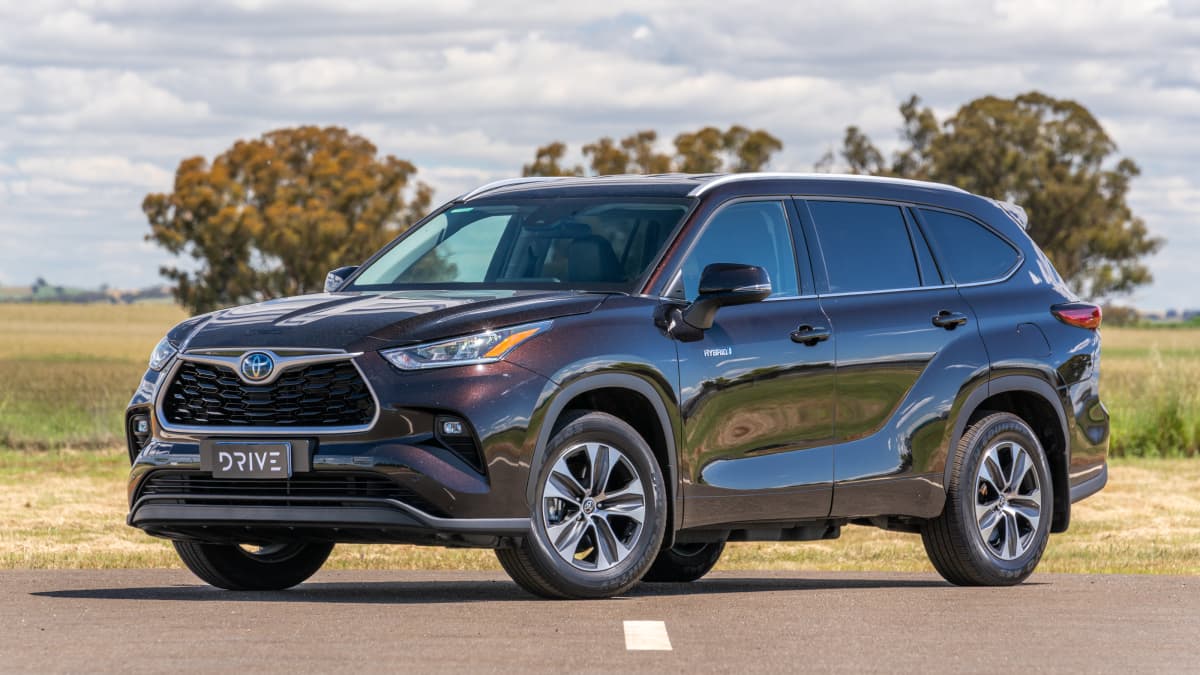
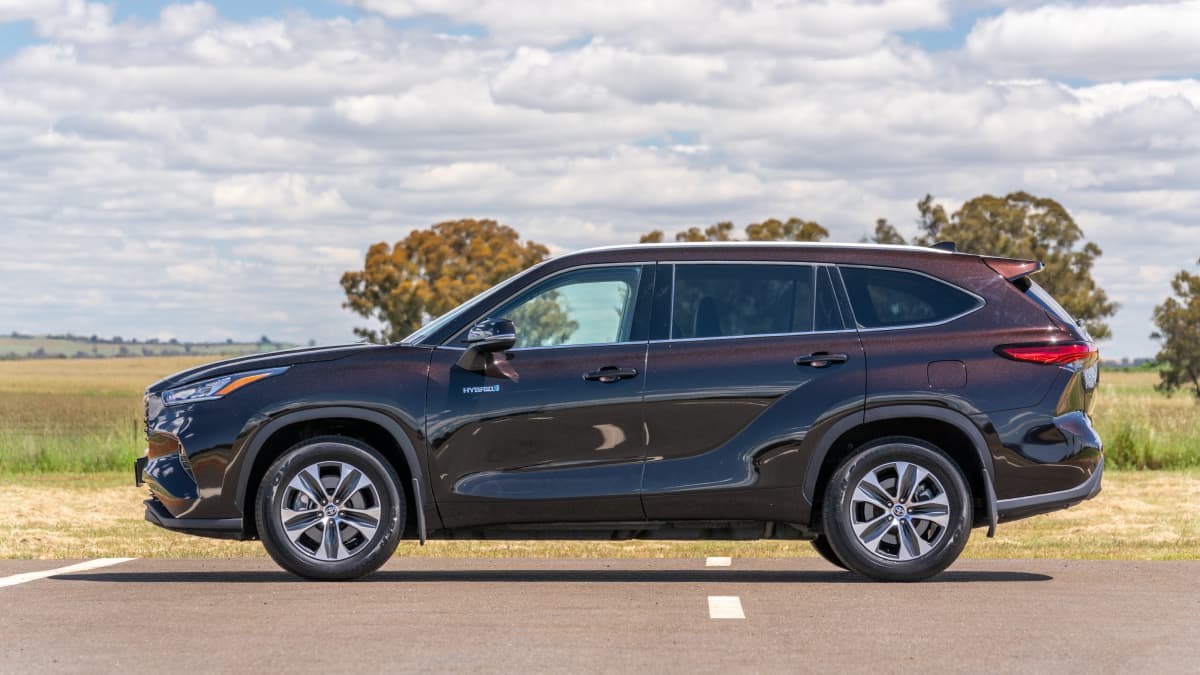
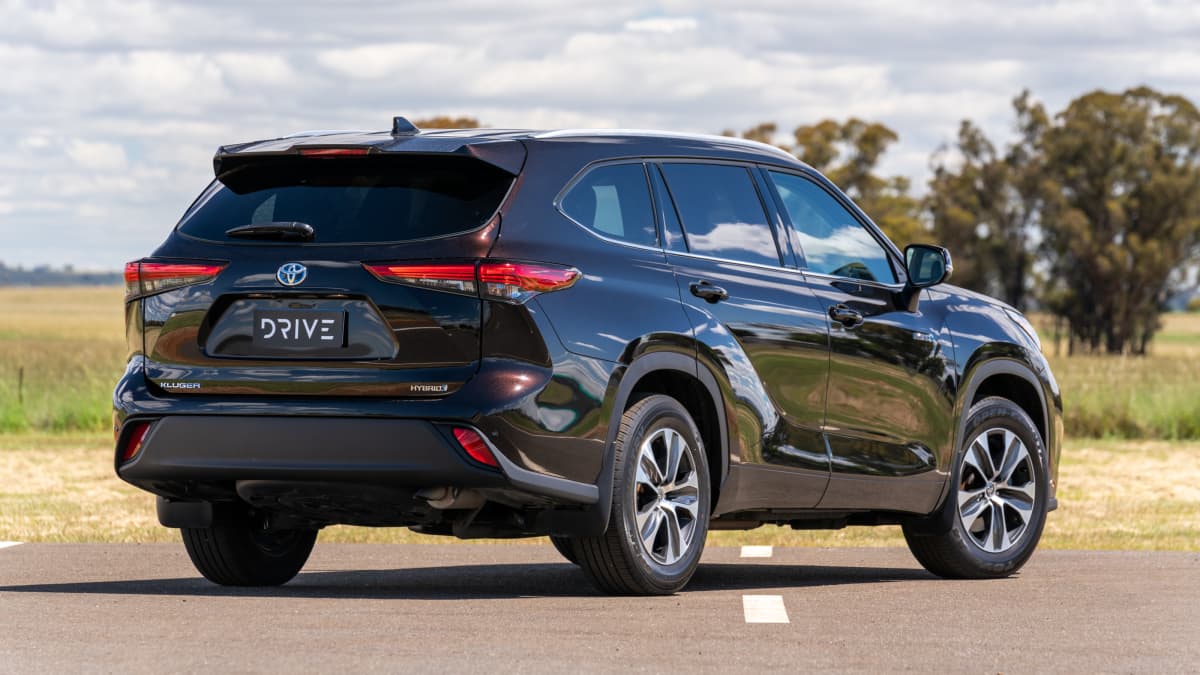


Contents
Winner: Toyota Kluger
Toyota Kluger

9 variants available
$ 51,120 – $ 79,560* MRLP
What we love
- –Hybrid is impressive on fuel and cheap to service
- –Lots of up-front storage spots
- –Comfortable and easy to pilot
What we don’t
- –Infotainment technology needs an update
- –Grande specification feels expensive
- –Potentially long wait times
Read Reviews
It’s no small thing for any car to successfully defend its Drive Car of the Year title, especially in the face of some new and updated competition. However, that’s exactly what the Toyota Kluger has done.
It’s no secret that Toyota’s large SUV is one of the cheapest to run and maintain; something that is incredibly important these days as our eyes water at the bowser. However, that frugal nature is combined with a comfortable and practical package that ticks a lot of boxes for everyday usage.
That’s why the Toyota Kluger continues to be at the forefront of what Australian family buyers are looking for.
The Kluger – nearly five metres long overall – offers lots of space and amenity for those in the first two rows, while the third row scores a solid pass mark. In other words, adults will fit but keep the trip short.
Toyota’s range of powertrains – soon to be updated with a 2.4-litre turbocharged four replacing the long-serving V6 – is dominated by the hybrid option, which combines a 2.5-litre, four-cylinder petrol engine with two electric motors and a small battery pack. It’s smooth and seamless to drive through the CVT automatic gearbox, and our recent garage review saw real-world fuel consumption of just 6.6 litres per 100 kilometres.
Another good point regarding the Kluger is this fuel-saving hybrid powertrain – which comes with a reasonable $2500 price bump – is available across the range. We’d suggest that the GXL specification, or even base GX for that matter, is where buyers should be looking for the sweet spot in the range.
Where the Kluger didn’t do so well was a third row that wasn’t as spacious as other options (Pathfinder, especially), and an infotainment system that is in need of an update. Toyota has obviously been paying attention to feedback, with a larger display and new infotainment software coming soon to Australia, but that will also come with a small bump in price.
There might be some cheaper entry points into seven-seat car ownership (especially when you look at the top-spec Kluger Grande), but back-to-back wins for the Kluger prove its effectiveness and fit-for-purpose nature, with that hybrid powertrain acting like an ace up the sleeve.
| Toyota Kluger showroom 2022 Toyota Kluger Grande Hybrid review 2023 Toyota Kluger price and specs |

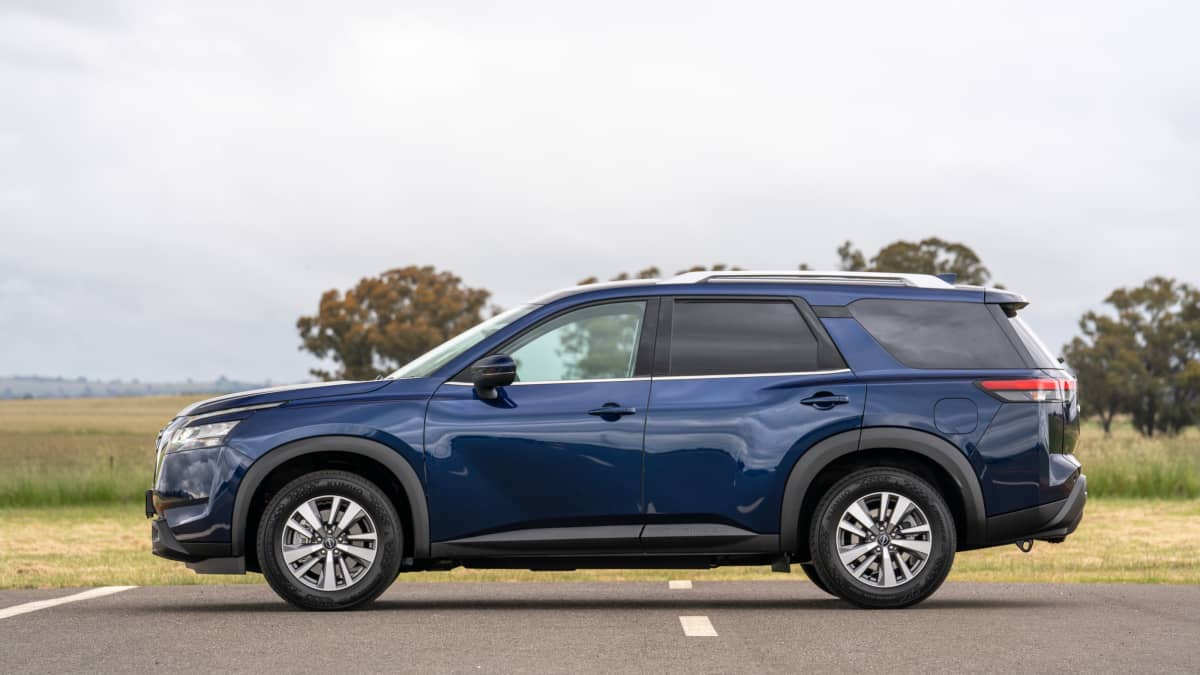
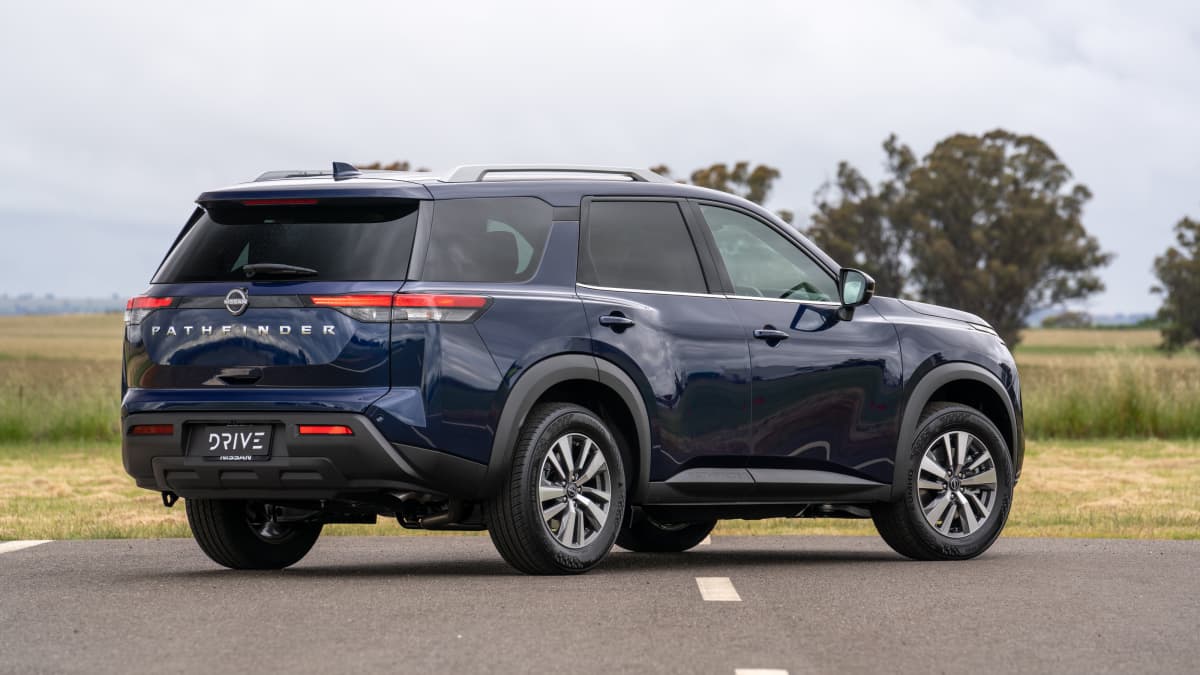


Runner-up: Nissan Pathfinder
Nissan Pathfinder

2 variants available
$ 54,190 – $ 81,490* MRLP
What we love
- –It’s huge inside, with loads of space
- –New model brings much-needed updates to safety and technology
- –Third row is the best this side of a people mover
What we don’t
- –Thirsty petrol powertrain is the only choice
- –Can feel big around town
- –High-set second-row seats
Read Reviews
Nissan’s new Pathfinder replaces a model that dated back to 2013, which means it was overdue for a major upgrade.
While this new model does share a carryover engine, the 2023 Nissan Pathfinder comes with a host of new technology and upgrades. And for those who value space over everything else, this Pathfinder will no doubt be appealing.
The interior of the new Pathfinder, infinitely modernised and supremely spacious, is one of its strong suits. There is room for up to eight on board (with a three-seat third row), which means it benefits from being huge overall.
There is a seemingly endless supply of legroom and headroom in the second row, with good levels of amenities to boot. Spacious though it may be, shorter occupants, out of support seats, may find the high-set second-row seats leave them dangling their legs, which can erode comfort on longer trips.
Nissan’s ‘EZ Glide’ seat design, which allows easy third-row access with a baby seat fitted, is a boon. If you – like many families do – have child seats permanently installed for years on end, keeping access to the third row is a big benefit.
The third row of the Pathfinder is better than most in this segment, and up with the likes of a Hyundai Palisade and only really bettered by something like a Kia Carnival.
The lack of a more efficient powertrain option – either diesel or some kind of hybrid petrol – is a big mistake by Nissan. Instead, you’ve got a carryover and updated 3.5-litre petrol V6 that is more powerful and refined, but is very thirsty around town.
While the new Pathfinder uses a revised version of the same platform as the previous generation, ride quality and general refinement are strengths. It’s also good to see the old (and mostly unimpressive) CVT automatic gearbox gone, with a smart-shifting conventional nine-speed automatic taking its place.
And while you can no doubt feel the size of the Pathfinder while driving, general refinement and ride comfort are in good supply. And while none of our large SUV finalists felt nimble and lithe through our dynamic testing, the Pathfinder felt decent and predictable through the slalom and swerve-and-avoid testing.
The infotainment has been upgraded to include Apple CarPlay (wired and wireless) and Android Auto (wired) for easy use on the run. And with a fresh five-star ANCAP safety rating, the Pathfinder scores well in both crash safety and in-built safety technology.
| Nissan Pathfinder showroom 2023 Nissan Pathfinder review 2023 Nissan Pathfinder price and specs |





Finalist: Ford Everest
Ford Everest

8 variants available
$ 52,990 – $ 77,530* MRLP
What we love
- –High levels of refinement and polish for an off-roader
- –Spacious and comfortable across three rows of seating
- –Only one here with proper off-road and towing credentials
What we don’t
- –Lacking the car-like comfort of the competition
- –10-speed automatic gearbox sometimes feels busy
- –Dynamics unable to match more car-like competitors
Read Reviews
Few vehicles have the same Drive Car of the Year pedigree as the Ford Everest. When the first-generation model arrived in Australia, Ford’s ute-turned-wagon Everest claimed the coveted overall winner award in 2015. It brought high levels of compliance, comfort and family-friendliness to the segment, while also maintaining high levels of off-road performance and a good towing capacity.
And from that point, the Everest managed to score consistently high in reviews and comparisons. It even took out the Best Off-Road SUV in the 2022 Drive Car of the Year awards, virtually on the eve of a new model arriving.
In this company, the Everest is fighting with one arm tied behind its back, because it has a lot of features that aren’t important to the majority of Large SUV buyers.
It’s the only vehicle here with a 3500kg braked towing capacity, relatively high payload, and proper off-road capability. Other large SUVs might espouse some kind of all-wheel-drive prowess, but the Everest has serious equipment like a locking rear differential, low-range transfer case and good overall ground clearance.
Considering its body-on-frame construction and 3500kg towing capacity – along with a relatively high centre of gravity and live rear axle – the Everest is impressively compliant and composed. There is good ride comfort on offer, and the two diesel powertrains are torquey and well calibrated. However, it’s not as smooth as others, and the 10-speed automatic transmission can be busy.
While improved and impressive, Ford’s new Everest still cannot match car-based competitors for outright refinement and ride quality. The Everest also fell behind others when it came to dynamic testing through the slalom and swerve-and-avoid courses.
Otherwise, the new-generation Everest brings high levels of technology, safety and practicality, and carries the same all-round adaptability that made the first-generation model so appealing. The third row is surprisingly spacious and comfortable, and there are lots of thoughtful details and amenities throughout the cabin.
| Ford Everest showroom 2023 Ford Everest review 2023 Ford Everest price and specs |

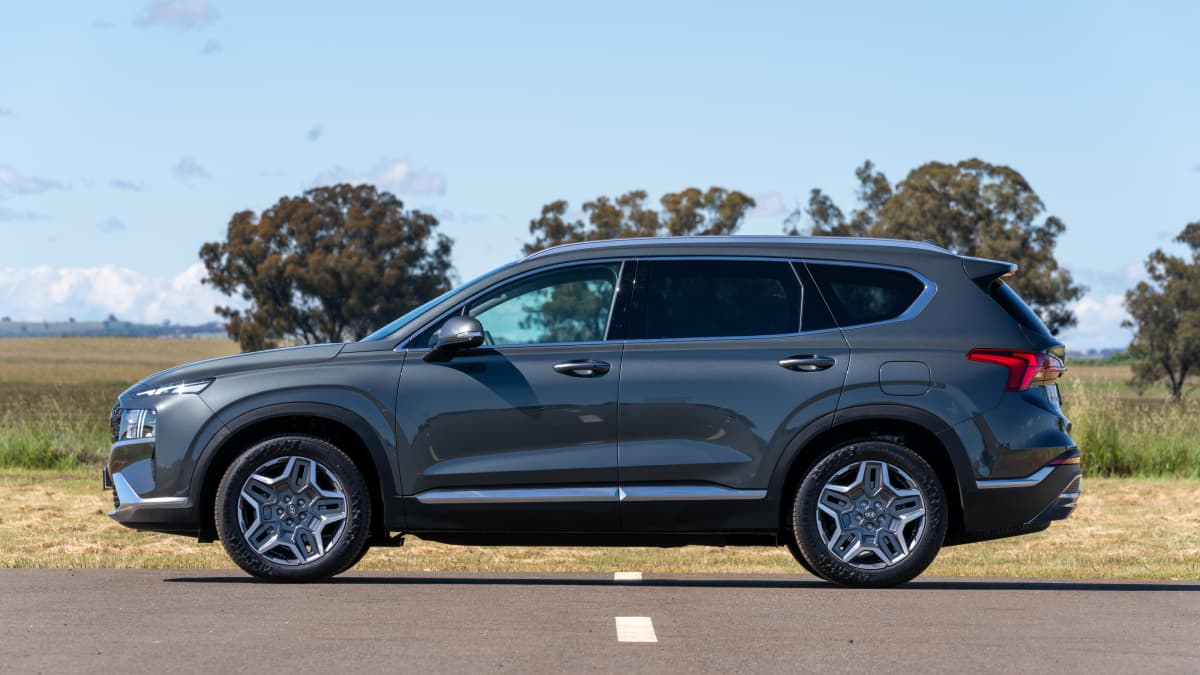

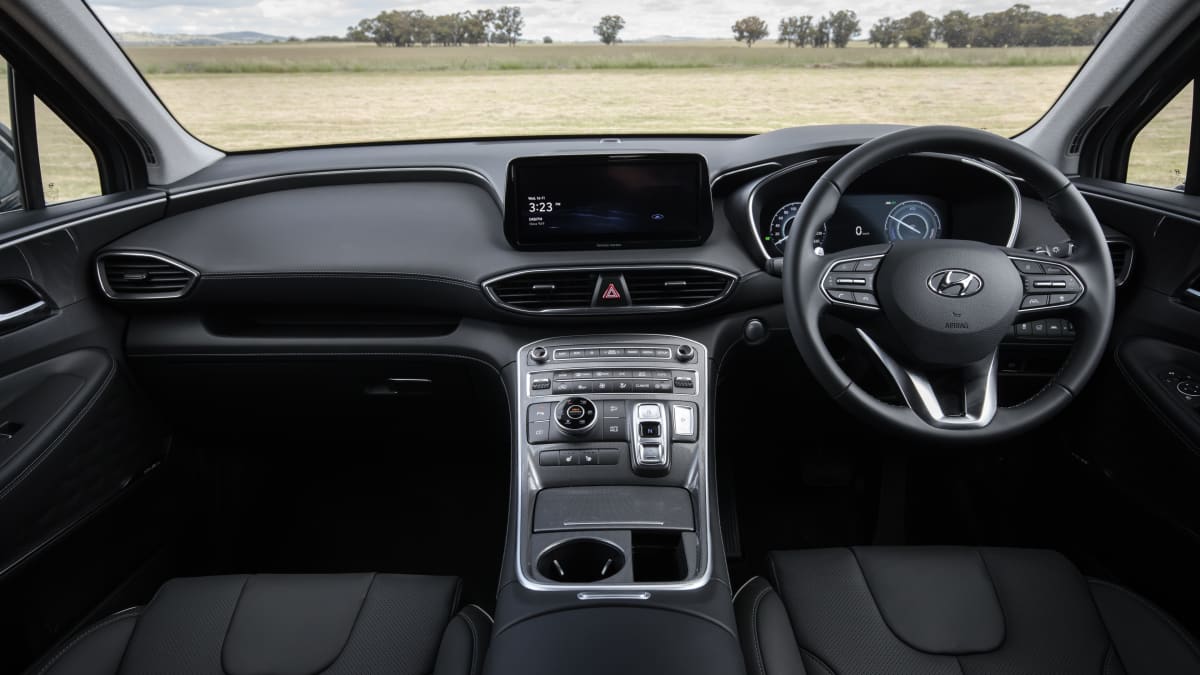

Finalist: Hyundai Santa Fe
It’s difficult to pick from the outside, but the Hyundai Santa Fe has gone through some significant changes since launching as an all-new model in 2018.
After picking up Hyundai’s new ‘N’ platform and updated powertrains underneath tweaked sheetmetal in 2020, the 2022 Santa Fe got a further update with new technology and specifications, as well as the addition of a closed-loop hybrid powertrain.
That’s right, the Toyota Kluger isn’t the only seven-seat hybrid in town any more. This Santa Fe large SUV and its corporate cousin the Kia Sorento now offer something similar.
And while the Santa Fe might not match the Kluger for outright efficiency and low cost of ownership overall, it’s still frugal. Previous testing has returned 6.5L/100km, which is impressive for a big family bus.
The Santa Fe doesn’t feel as big as others in this segment, which does bring benefits of its own. The relatively low driving position feels the most car-like out of this group, and it rates in a dynamic and refinement sense.
The interior has some smart storage solutions, and high-spec models don’t miss a trick on equipment. And while the slew of buttons on the dashboard might not be to everybody’s taste, it’s easy to use and navigate on the move.
While the second row works well from a space and comfort point of view, the third row is easily the most cramped. Hyundai does offer the Palisade these days, which is a bigger vehicle with room for up to eight on board. And although it has been updated with more safety equipment, the Santa Fe is still missing curtain airbag coverage for the third row.
If you’re intent on regularly using the third row, this Santa Fe won’t be as good as others out there. But if that extra seating is more of a ‘nice to have’ for occasional use, the Santa Fe gives good levels of space, comfort and practicality across the first two rows of seating in a package that is easy to live with and ticks all of the right boxes.
| Hyundai Santa Fe showroom 2022 Hyundai Santa Fe review 2023 Hyundai Santa Fe Hybrid price and specs |
You can read about all the other 2023 Drive Car of the Year categories and winners here:
Drive Car of the Year categories and winners
Note: All vehicle specifications pertain to variants tested as part of DCOTY assessment program.
Close
Thumbnail View
40 Images

